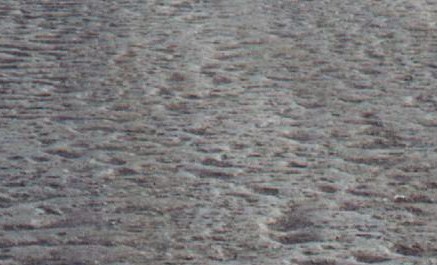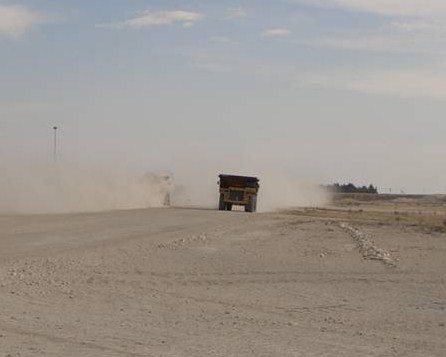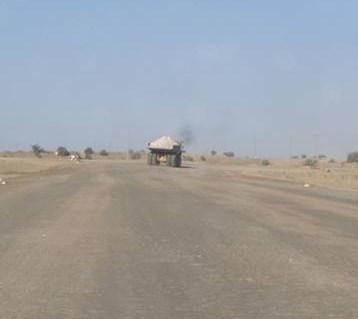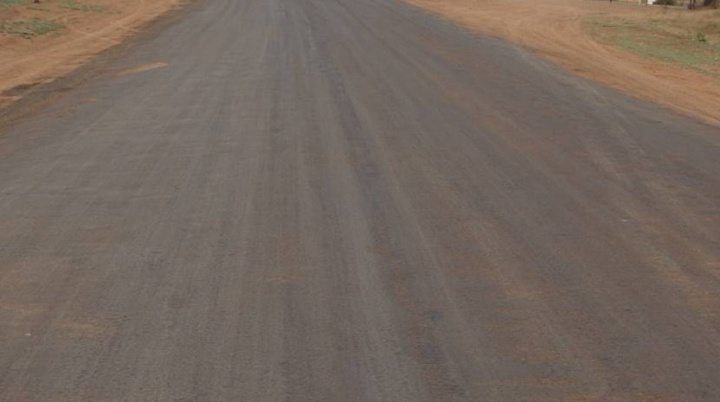
About us:
Having over fourteen years of experience in the dust suppression industry we recognise the fact that all products are unique and have very specific advantages and disadvantages. We are therefore not driven to sell a specific product but, in partnership with our clients we seek the best possible solution to fulfil their specific needs.
Products:
All products are sourced from reputable companies within South Africa and are well researched.
General:
Airborne dust emissions are becoming a growing global concern. These emissions are generated during the transport, physical mining and handling of the ore being extracted.
Dust emissions have a major negative impact on costs with increased maintenance and cleanup projects, but more importantly and of primary concern are issues of health, safety and environment.
Methods of Dust Suppression
| Mechanical Dust Suppression: | Haul Road and Surface treatments: | |
|---|---|---|
|
These are usually misting systems, cyclones, bag houses etc. and are set up at transfer points on belts. It is important that these systems are designed and installed correctly. Where water is being used it is important that factors such as particle size and speed be considered. Water used in misting systems can be treated using a wetting agent (surfactant) in order to improve its ability to capture finer dust particles. |
There are a number of dust suppression and stabilization products available on the South African market. Not all have been well researched and imported products application rates and procedures may vary from country of origin. Dust suppression on roads can basically be achieved using the following:
|
Water:
Although commonly used for suppressing dust, water is expensive and increases the emission of dust by “the pumping of fines”.
| Pitting the result of "pumping of fines |
 |
Water is a precious resource and must be preserved at all cost.
In the South African climate dust control using water is very short term.
Water trucks are expensive to run and maintain.
Surfactants
Surfactants are added to water in order to improve its ability to wet and penetrate road surfaces. They will increase the turnaround time of water trucks hence degreasing the diesel and vehicle maintenance costs.
An increased period of dust control on certain areas allows water trucks to concentrate on critical areas, for example around the work face.
Can degrease water usage by up 10%, but can become expensive over time.
Non Bond Forming
There is no gluing of dust particles and is applied directly onto the graded surface. These products attract moisture from the atmosphere and maintain the moisture in the road layer. Roads are kept at optimum moisture content and the resulting compaction provides a smooth almost maintenance free surface. Dust control is immediate and becomes better as the residual chemical builds in the layer. Application intervals can be as much as four to five months apart.
Application intervals will depend on type of material, traffic volume and type, speeds travelled etc.
Most cost effective and user friendly.
| Untreated Roads | Treated Roads |
|---|---|
 |
 |
Bond Forming
(Gluing)
Binders of dust particles by gluing them together. Best results are achieved by mixing the products into the road layer, this however increases the costs. Spray on application are only effective if products are applied continuously. The viscosity of the various products does not allow for good surface penetration and therefore products must be diluted with water, even then penetration may be limited.
| Road Treated with a bond forming product |
|---|
 |
Important facts to remember:
Certain Dust Suppression products may not work on all road building materials.
What is it exactly you are trying to achieve and will the following be effective?
- The use of water for suppressing dust:
- Surfactants:(wetting agents)
- Non Bonding:
- Bond Forming:
- Combinations:
Consider the following aspects in achieving your goals,
- Material type, plasticity index and grading coefficient;
- Construction method, compaction and mixing of the various products.
- Drainage – poor drainage will result in a poor riding index.
- What will time and the continuous treatment of roads surface result in?
- Life cycle cost – high start up cost with low maintenance costs, low start up costs but increasingly more expensive due to continuous applications etc.
Contact us:
| mvh.dst@netdial.co.za | Postal Address | P O Box 73556 | ||
| Fairland | ||||
| 2030 | ||||
| Telephone | (+27)11 476 6413 | Fax | (+27) 11 476 9985 |